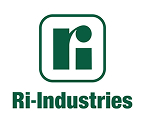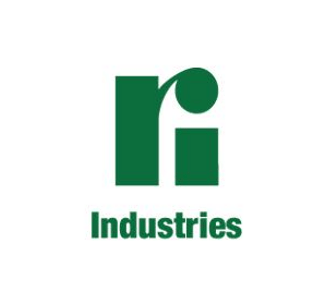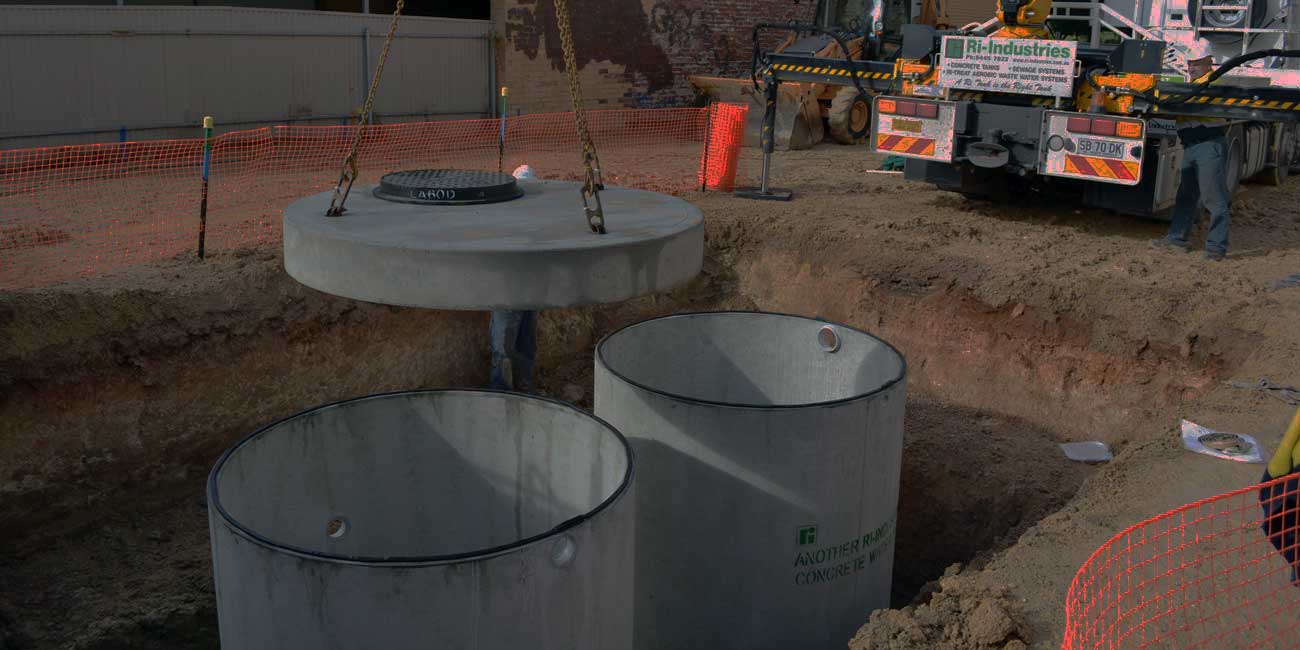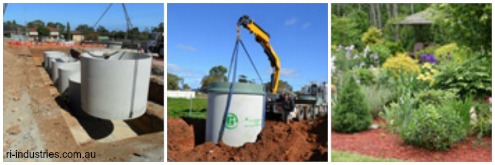About one-third of the world’s population is affected by water scarcity. Thankfully, your septic tank is just one of the many environmentally-friendly ways to recycle water around the home. Recycling water using a septic tank and other methods can be a way to revitalize your local environment while conserving precious resources for the community at large. Here are some quick and easy ways Ri-Industries can help you recycle water and take advantage of the water table surrounding your home.
Water Recycling Tip #1: Use the Ri-Treat System to Reuse Water to Your Best Advantage
The Ri-Treat waste water treatment system discharges household waste into a controlled area and aerobically decomposes waste. This system is a way for homeowners living in a non-sewered area to reclaim their waste water and reuse it around the home.
Water Recycling Tip #2: Use a Ri-Treat Waste Water Treatment System on Your Garden
The on-site Ri-Treat waste water system allows you to reuse and recycle your water resources and make great savings, all at the same time. Ri-Industries supplies a surface garden irrigation kit with every Ri-Treat system, meaning you can recycle household waste water to keep your yard looking fresh and healthy.
Water Recycling Tip #3: Let Ri-Industries Collect Your Rainwater
Reclaiming and reusing your water isn’t limited to waste water; take advantage of every step of the water cycle by using concrete rainwater tanks to collect and filter the rainfall in your backyard. Rainwater tanks have the advantage of being a natural alternative to treatment plants that use chemicals to filter water, and can be used for a number of different domestic and rural purposes.
Water Recycling Tip #4: Reuse Your Bathwater
Consider upgrading an existing septic in your home by asking your plumber to install a separate Ri-Industries septic tank to catch the water you wash down your bathroom sink, shower or bath. While this water isn’t fit for drinking, it can be used for irrigation, watering the houseplants, or simply flushing the toilet.
Water Recycling Tip #5: Use Your Water Wisely
With the Ri-Treat waste water system, along with Concrete Rainwater Tanks and Septic Tanks, Ri-Industries makes it easy for you to conserve and reuse water to your best advantage in and around your home. But the next step is up to you—when you wash fruit in your sink, save the rinsed water to use on your lawn afterward; instead of tossing out the water that you used to boil your vegetables, use it to make soup instead. Every little effort can make a big difference.
By taking advantage of these five tips, as well as the other services Ri-Industries has to offer, you can use the water in your home to the best of its potential. Not only that: recycling water around the home is a natural and environmentally friendly way to give back to your local eco-system. For more information on how to reuse and recycle the water supply in your non-sewered area, please check out our website or call 08 8444 8100.






